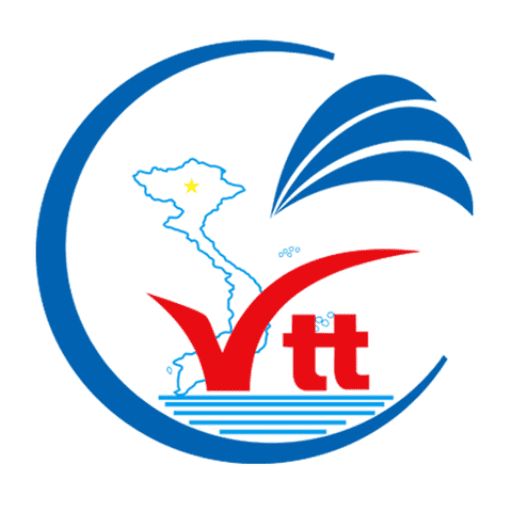Ultimate Guide to Sapa Fansipan Tour from Hanoi
The Sapa Fansipan tour is not just about reaching the peak of Vietnam’s highest mountain, but it’s an experience that encapsulates adventure, culture, and breathtaking scenery. Nestled in the northern highlands of Vietnam, Sapa offers a unique blend of natural beauty and ethnic diversity, making it a must-visit destination for travelers from around the globe. If you’re considering embarking on a journey from Hanoi to Fansipan, this guide will provide you with all the necessary details to ensure your trip is memorable.
Table of Contents

Introduction to Sapa Fansipan Tour
Whether you’re a seasoned trekker or a casual traveler looking to explore new horizons, the Sapa Fansipan tour from Hanoi is tailored to satisfy various travel preferences. Fansipan, often referred to as “The Roof of Indochina,” stands at an impressive 3,147 meters (10,326 feet), offering stunning vistas that stretch across the horizon. The journey to its summit isn’t merely about the climb; it’s also about immersing yourself in the rich cultural heritage and pristine landscapes that surround Sapa.
Overview of Fansipan Mountain
Fansipan Mountain is part of the Hoàng Liên Son mountain range and boasts a diverse ecosystem that includes lush forests, unique flora, and varied wildlife. Not only does it attract trekkers and climbers, but it’s also home to many indigenous peoples such as the H’mong, Dao, and Tay communities. These communities have lived in harmony with nature for centuries, and their traditions and lifestyles add another layer of richness to the Sapa experience.
The mountain itself is characterized by steep slopes, rocky outcrops, and a challenging terrain that makes trekking to the summit both exhilarating and rewarding. While some choose to hike their way to the top, others may opt for the Sapa Fansipan cable car, which offers a different perspective of the mountain and surrounding valleys.
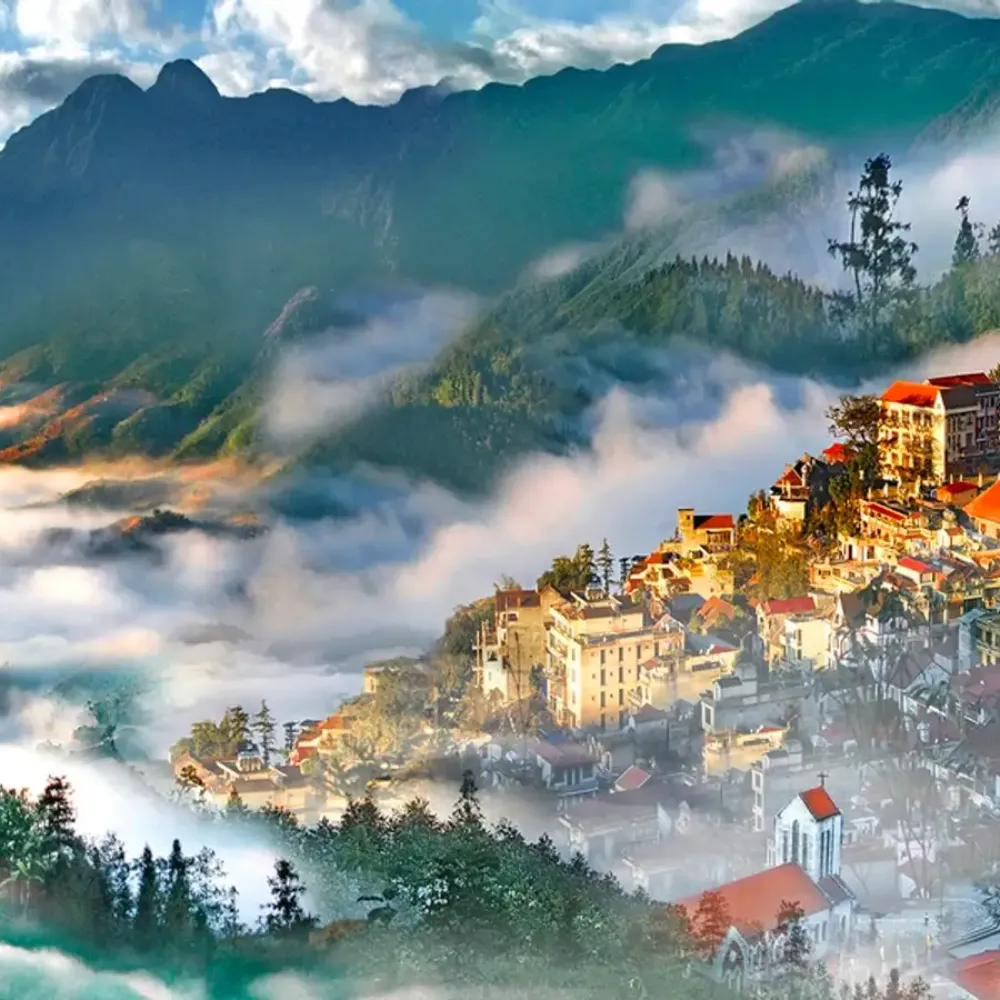
Significance of the Peak in Vietnamese Culture
Fansipan holds a special place in Vietnamese culture, revered not just for its height but also for its spiritual significance. Many locals believe that the mountain is a sacred place inhabited by spirits. Various myths and legends surround Fansipan, adding to its allure. Climbing the mountain is often seen as a rite of passage for many Vietnamese youths, symbolizing courage and perseverance.
In addition to its cultural significance, Fansipan serves as a vital natural resource. The mountain is part of a national park that plays a crucial role in conservation efforts aimed at protecting the unique biodiversity of the region.
Why Choose a Tour to Fansipan?
Choosing a tour to Fansipan allows travelers to connect with local guides who possess invaluable knowledge of the area, ensuring a safe and enriching experience. Organized tours often include transportation, accommodation, meals, and guided treks, allowing you to fully immerse yourself in the journey without the stress of planning each detail.
Moreover, a guided tour often facilitates interaction with local communities, giving you a more authentic insight into their lives, cultures, and traditions. Whether you’re interested in photography, adventure, or cultural exchange, a Sapa Fansipan day tour can cater to your interests while providing a structured itinerary.
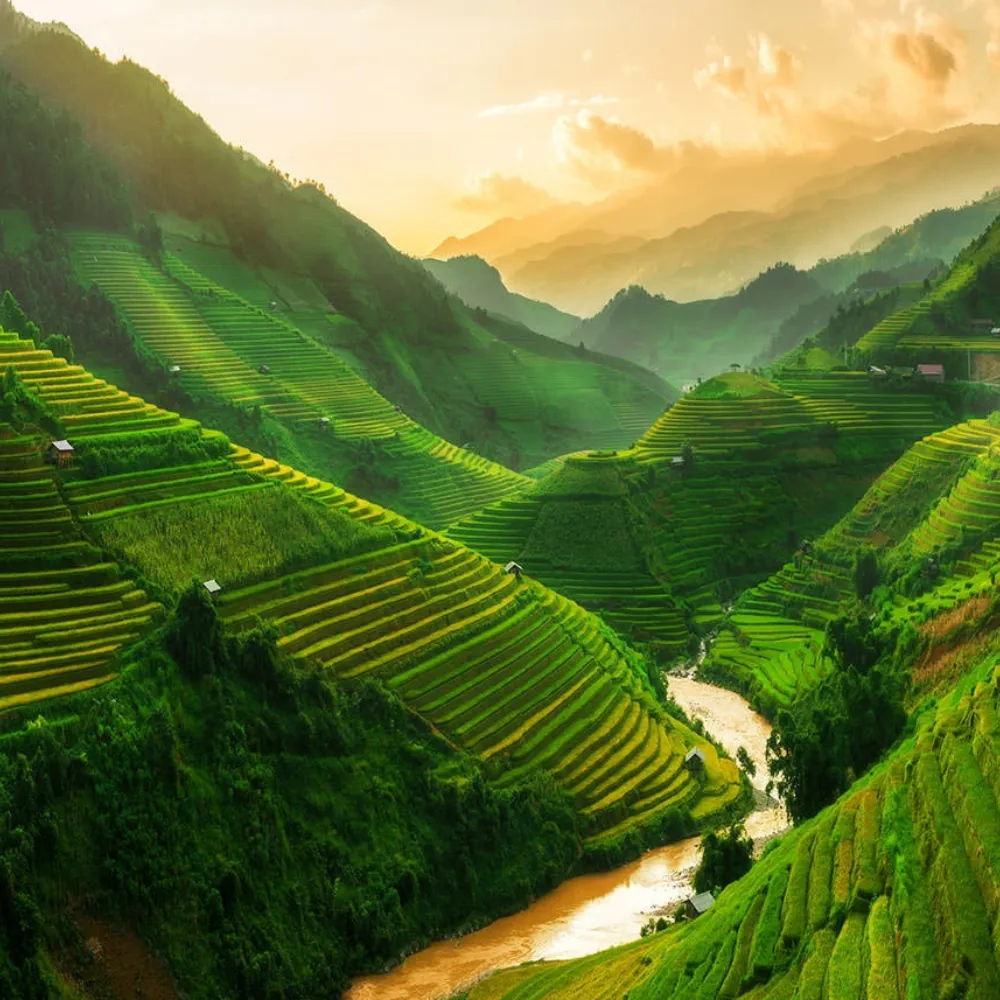
Planning Your Fansipan Adventure
Preparation is key when planning your Sapa Fansipan tour. Knowing what to expect and how to prepare physically and mentally can enhance your overall experience.
Best Time to Visit Fansipan
The ideal time to visit Fansipan varies depending on your preferences for weather and scenery. Generally, the best months are from September to November and March to May. During these periods, the weather is relatively mild, making it comfortable for trekking and sightseeing.
- Autumn (September to November): This is arguably the most beautiful time to visit. The terraced rice fields are ripening in gold, creating a stunning contrast against the lush green mountains. Additionally, the clear skies offer breathtaking views from the summit.
- Spring (March to May): Visiting in spring allows you to witness the blooming flowers across the landscape. The temperatures are moderate, and the trails are less crowded, providing a serene experience.
Conversely, if you’re curious about winter activities, you might ask: Does Sapa Vietnam have snow? The answer is yes! Occasionally, during January or February, Fansipan experiences a dusting of snow, transforming the landscape into a winter wonderland.

Essential Packing Tips and Gear
When preparing for your trek, packing wisely is essential to ensure comfort and safety. Here are some essentials:
- Footwear: Quality trekking boots are a must. They should be waterproof with good grip and ankle support. Break them in before the trek to avoid blisters.
- Clothing Layers: The weather can change rapidly. Pack moisture-wicking base layers, warm insulating layers (like fleece), and a waterproof jacket.
- Accessories: A wide-brimmed hat, sunglasses, and sunscreen are essential for sun protection. Also, pack a light backpack to carry personal items during the trek.
- Other Essentials: Include a reusable water bottle, first aid kit, trekking poles, and snacks like energy bars or dried fruits for quick energy boosts.
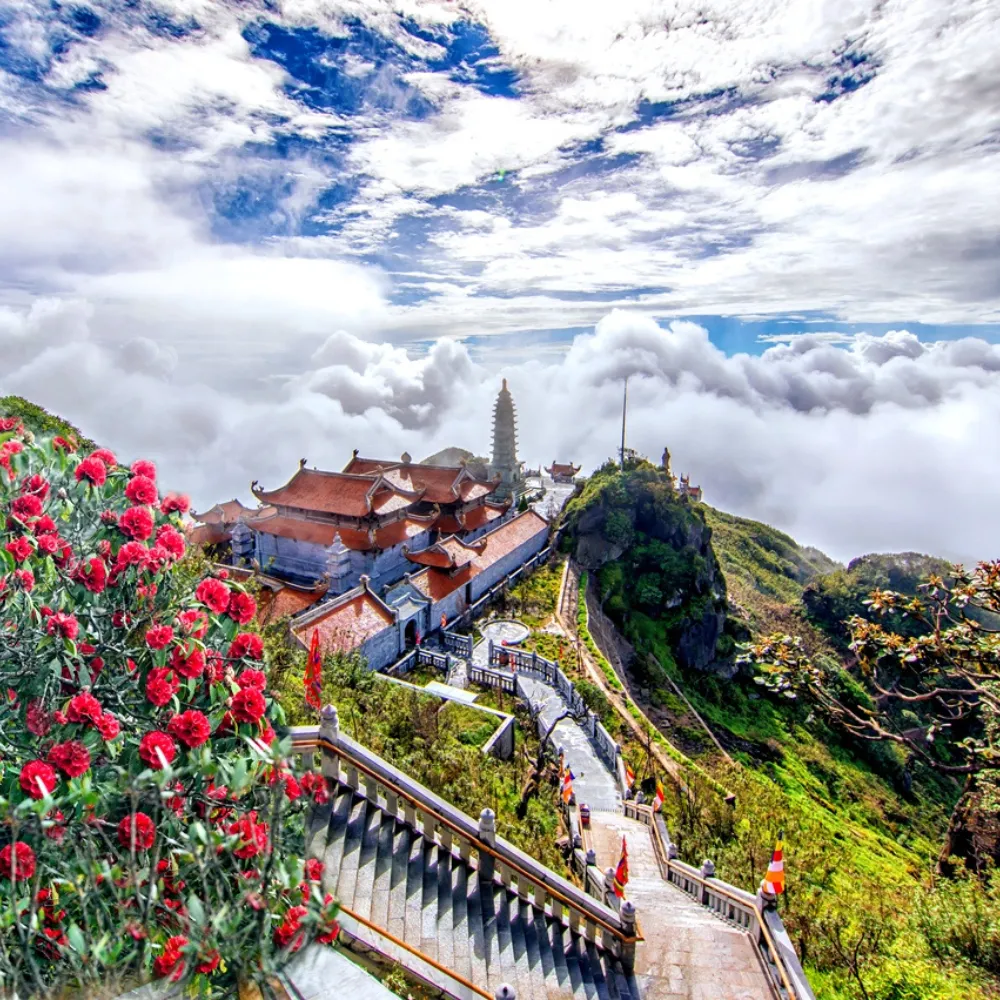
How to Prepare Physically for the Trek
Trekking to the summit of Fansipan can be physically demanding. To ensure you’re prepared:
- Start Training Early: Gradually increase your hiking stamina by taking shorter hikes and gradually progressing to longer, steeper ones.
- Cardio Workouts: Incorporate cardiovascular workouts like running, cycling, or swimming to improve your endurance.
- Strength Training: Focus on building leg strength through exercises like squats, lunges, and step-ups, which are crucial for uphill trekking.
Regularly practicing your hiking skills on similar terrains will be beneficial, allowing your body to adapt to the strain of the trek.
Types of Tours Available
When it comes to a Sapa Fansipan tour from Hanoi, there are various types of tours available to match your preferences and budget.
Guided Group Tours
Guided group tours are popular for those looking to meet fellow travelers. Typically organized by travel agencies, these tours usually include transportation, meals, and experienced guides who can navigate the trails.
- Advantages:
- Shared experiences with like-minded individuals.
- Knowledgeable guides provide insights about the flora, fauna, and local culture.
- Disadvantages:
- Less flexibility in terms of itinerary and pace.
Private Customized Tours
For those seeking a more personalized experience, private tours allow for custom itineraries based on your interests.
- Advantages:
- Tailored experiences that can focus on specific interests like photography, culture, or intense trekking.
- Flexibility in terms of departure times and rest breaks.
- Disadvantages:
- Generally higher costs compared to group tours.
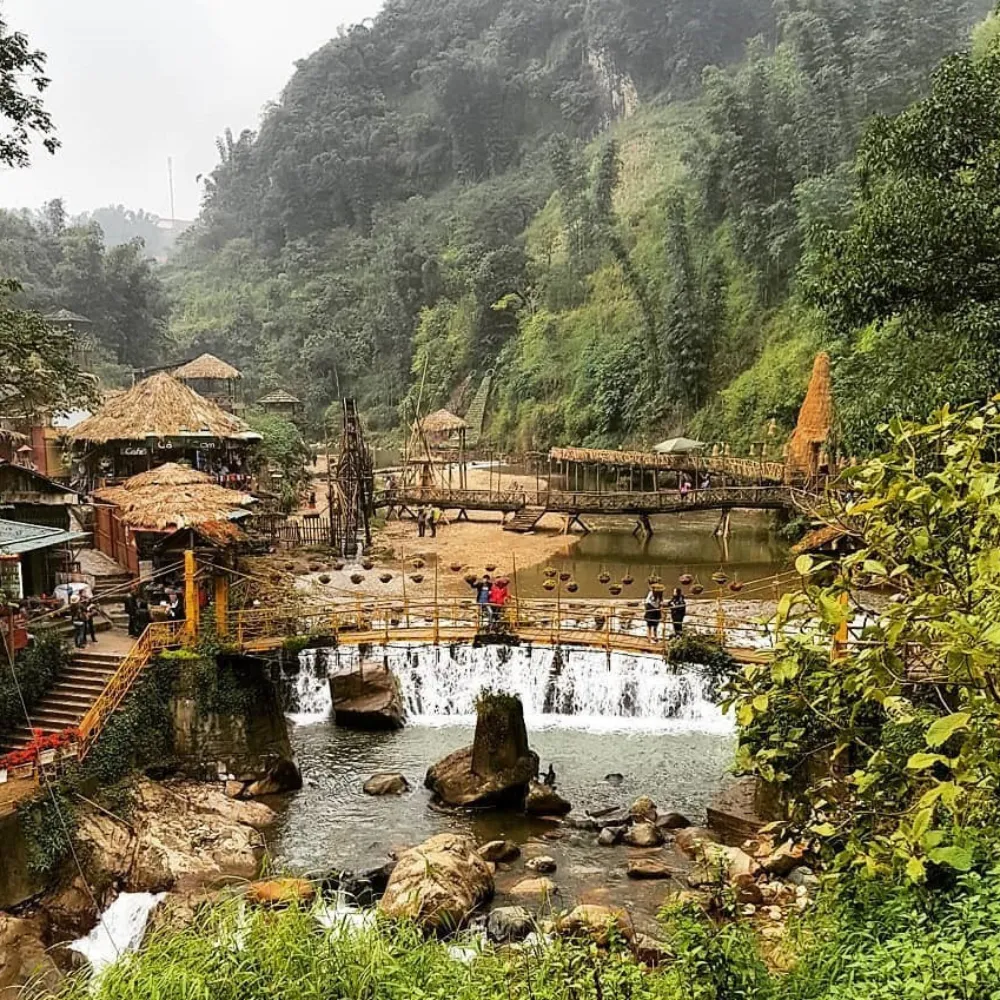
Eco and Adventure Tours
Eco and adventure tours prioritize sustainability and environmentally responsible practices. These tours are perfect for eco-conscious travelers who want to enjoy nature while minimizing their ecological impact.
- Advantages:
- Opportunities to engage in sustainable practices and participate in conservation efforts.
- Unique experiences, such as staying with local families or engaging in traditional farming activities.
- Disadvantages:
- Availability may vary, and they might require advanced booking.
Luxury and Premium Packages
For travelers willing to splurge, luxury tours offer premium accommodations, gourmet meals, and exclusive experiences. These packages often include spa treatments, private transportation, and personal guides.
- Advantages:
- High level of comfort and service.
- Exclusive access to certain attractions or experiences.
- Disadvantages:
- Significantly higher costs compared to other options.
Regardless of the tour type, choosing the right one will ensure your Fansipan tour 1 day or multi-day experience is enjoyable and fulfilling.
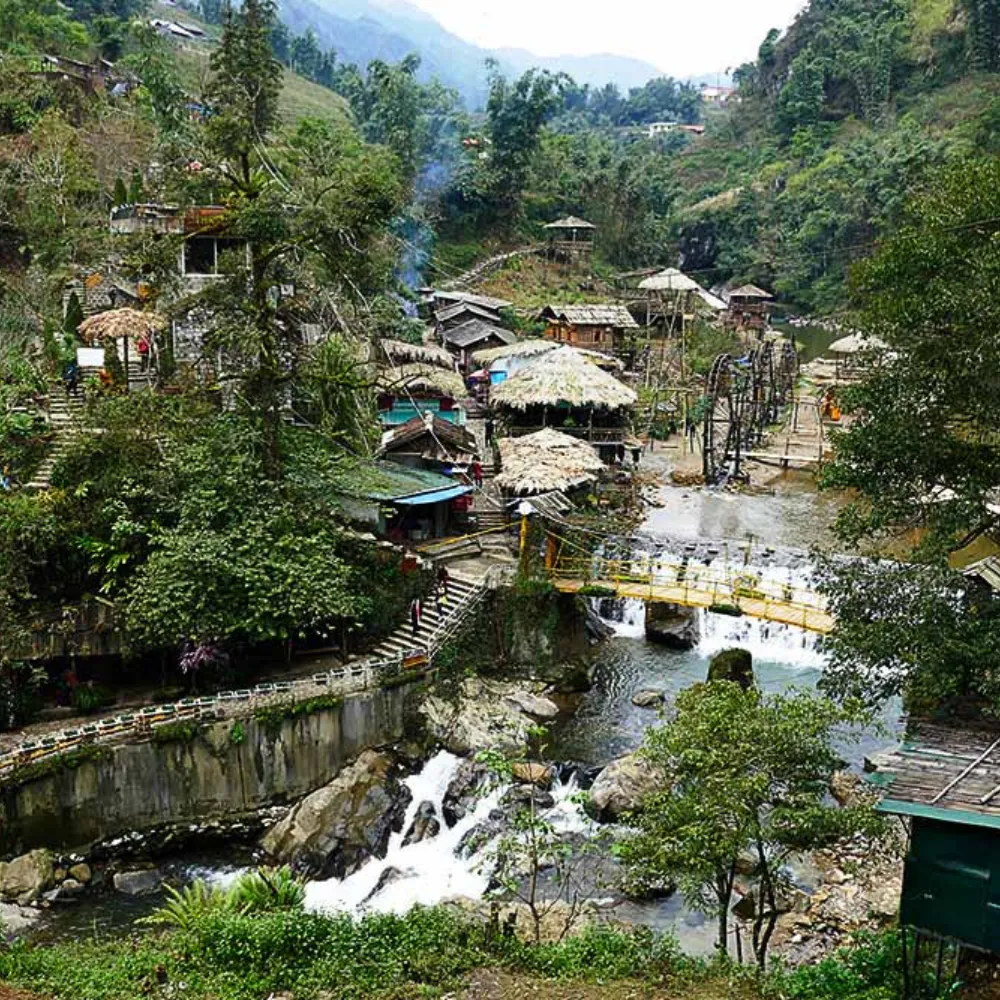
Getting to Sapa
Understanding the logistics of getting to Sapa is crucial for seamless travel.
Transportation Options from Hanoi or Lao Cai
Traveling from Hanoi to Sapa can be achieved through various means, including:
- Bus Services: Several companies offer sleeper bus services from Hanoi to Sapa, typically taking about 6 to 8 hours. It’s an economical choice that provides overnight travel and saves on accommodation costs.
- Train Services: For a more scenic route, consider taking a train to Lao Cai followed by a taxi or shuttle bus to Sapa. The train journey offers beautiful views, though it takes longer due to transfer times (approximately 8 to 9 hours total).
- Private Car Transfers: If you prefer convenience, hiring a private car service offers flexibility and comfort, directly transporting you to Sapa in approximately 5 to 6 hours.
Travel Tips for a Comfortable Journey
- Book in Advance: Especially during peak seasons, securing your transportation in advance ensures availability and better prices.
- Bring Snacks and Water: Long journeys can be tiring; having snacks and hydration will keep your energy up during transit.
- Dress Comfortably: Opt for loose-fitting clothes and bring a light jacket as temperatures can fluctuate during the trip.
Local Accommodation and Stay Arrangements
Once in Sapa, you’ll find an array of accommodation options ranging from homestays to luxury hotels. Consider the following:
- Homestays: Staying with local families not only provides a unique experience but also supports the community financially.
- Mid-Range Hotels: There are several comfortable hotels offering amenities like Wi-Fi, breakfast, and great views of the mountains.
- Luxury Resorts: For those seeking high-end experiences, luxury hotels provide exquisite dining, spas, and breathtaking views.
Selecting the right accommodation enhances your overall experience, contributing to the enjoyment of your Sapa Fansipan tour.
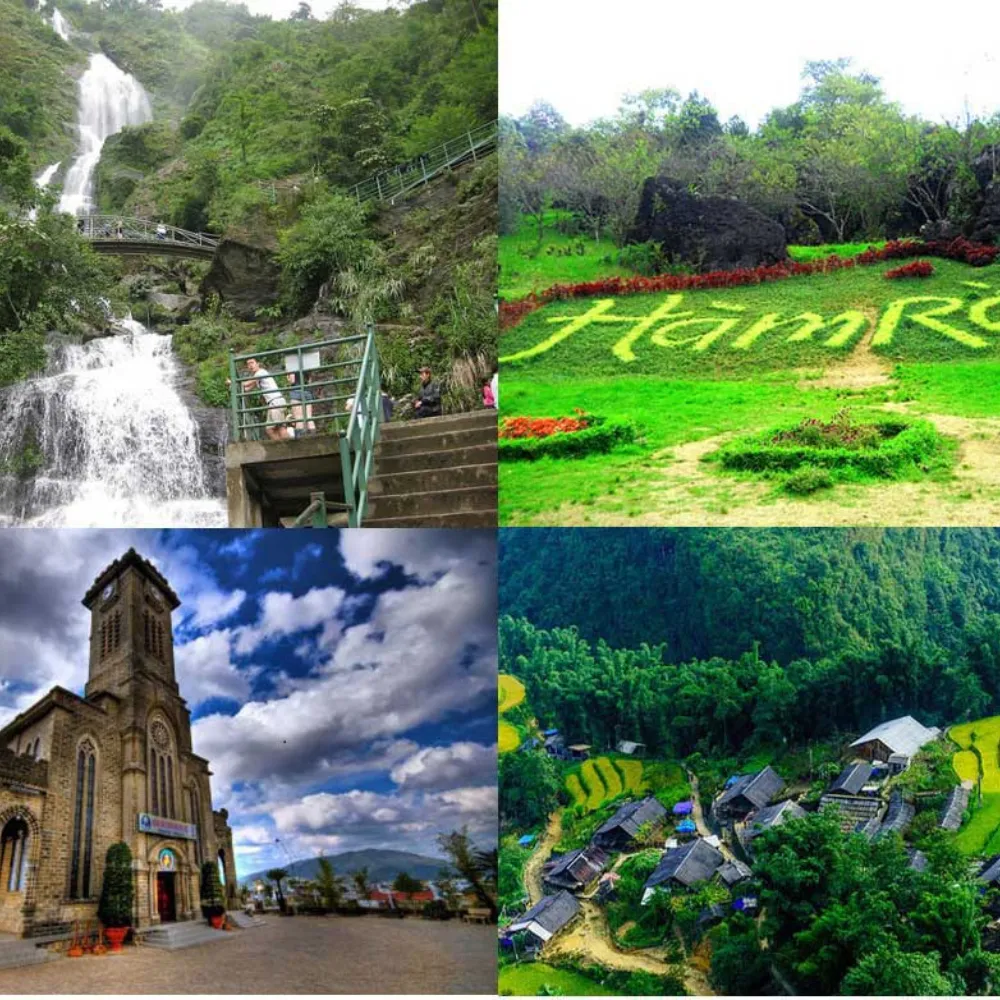
Exploring Fansipan Mountain
Embarking on your journey to Fansipan involves various activities that highlight the mountain’s beauty and cultural significance.
The Cable Car Experience
One of the highlights of any Sapa Fansipan tour is the Sapa Fansipan cable car ride. It holds the world record for the longest three-rope cable car system, spanning over 6,200 meters.
- Breathtaking Views: The cable car ride offers panoramic views of the surrounding valleys and endless terraced fields, making it a fantastic opportunity for photography enthusiasts.
- Accessibility: Taking the cable car allows those who may not be physically able to hike the entire trail to still enjoy the beauty of Fansipan.
- Cultural Insights: The ride culminates at a station near the summit, where visitors can learn more about the mountain’s cultural relevance.
Hiking Routes and Trails
For trekking enthusiasts, several well-marked trails lead to the summit, each offering unique challenges and rewards.
- Main Trail: This is the most commonly used path. It takes about 6-8 hours to ascend, with several resting points along the way.
- Challenging Trails: For experienced trekkers, alternative routes offer more rugged terrains and breathtaking viewpoints. Always ensure you’re adequately prepared for more strenuous paths.
- Guided Treks: Hiring a local guide can enhance your experience by providing insights into the terrain, flora, and fauna.
The Summit: What to Expect
Reaching the summit of Fansipan is a momentous occasion. At the peak, you’ll encounter:
- The Monument: Standing proudly at the summit is a large monument marking it as the highest point in Vietnam. Visitors often take pictures here to commemorate their achievement.
- Incredible Vistas: On a clear day, expect to see miles of stunning landscapes stretching into the distance. The panoramic views are truly breathtaking and worth the effort it took to get there.
- Tranquility: The summit is often quieter than the trails below, allowing for moments of reflection and appreciation of nature’s beauty.
Scenic Spots and Photo Opportunities on the Way Up
Even before reaching the top, numerous scenic spots along the trails offer incredible photo opportunities.
- Terraced Fields: The iconic rice paddies create a patchwork of greens and golds, especially during harvest season.
- Flora and Fauna: Keep an eye out for unique plants and wildlife endemic to the region, such as orchids and rare birds.
- Local Villages: Interact with local communities, capturing candid moments that portray daily life in Sapa.
Taking time to appreciate these features enhances the journey to the summit, turning the trek into an unforgettable adventure.
Cultural and Natural Attractions in Sapa
Your Sapa Fansipan tour from Hanoi shouldn’t be limited to just the mountain itself. Sapa is rich in cultural and natural attractions worth exploring.
Visiting Local Ethnic Minority Villages
Exploring nearby ethnic minority villages offers deep cultural insights into the lives of the local people.
- H’mong Village: Known for their colorful clothing and intricate handicrafts, visiting an H’mong village allows you to engage with artisans and perhaps purchase handmade souvenirs.
- Dao Village: The Dao people are famous for their herbal medicine practices. Participating in traditional medicine workshops can be a fascinating experience.
- Cultural Festivals: Depending on the timing of your trip, you might witness local festivals celebrating agricultural harvests, weddings, and other significant events.
Discovering Indigenous Cultures and Traditions
Immerse yourself in the customs of Sapa’s various ethnic groups to understand their unique traditions. Activities might include:
- Traditional Music and Dance: Attend performances showcasing traditional music, dances, and storytelling that reflect the region’s history.
- Craft Workshops: Engage in workshops learning about weaving, dyeing, and other traditional crafts that have been passed down through generations.
- Cooking Classes: Learning to prepare local dishes using traditional ingredients adds an experiential layer to your understanding of Sapa’s culture.
Trekking through Terraced Rice Fields
The terraced rice fields of Sapa are not just stunning to behold; they are also integral to the local economy.
- Interaction with Farmers: Spend a day helping farmers with planting or harvesting to gain hands-on experience in the rice cultivation process.
- Photography: Capture the stunning landscape, especially during sunrise or sunset when the fields glimmer.
- Environmental Awareness: Understanding the significance of these fields helps diversify your experience, highlighting the relationship between the land and its people.
Wildlife and Flora of Fansipan Region
The Fansipan region is a biodiversity hotspot, hosting numerous species of plants and animals.
- Rare Species: Look out for endangered species such as the Red-shanked Douc Langur or various orchids native to the area.
- Ecological Importance: Learning about the ecological balance and conservation efforts underway emphasizes the importance of protecting this unique environment.
Exploring these aspects of Sapa will enrich your Fansipan tour by connecting you with the land and its people.
Logistics and Safety Considerations
Planning ahead regarding safety and logistics is crucial for an enjoyable Sapa Fansipan tour.
Weather Conditions and Safety Precautions
Weather conditions can significantly impact your trekking experience.
- Rainy Season: From June to August, heavy rains can make trails slippery and hazardous. Ensure you check weather forecasts before setting out.
- Temperature Variations: Be prepared for fluctuating temperatures, particularly if you’re starting early in the morning or climbing to higher elevations.
- Proper Gear: Invest in quality rain gear and sturdy trekking shoes to navigate unpredictable weather safely.
Navigating Altitude Sickness
As you ascend to higher elevations, altitude sickness can affect anyone, regardless of fitness levels.
- Recognize Symptoms: Common symptoms include headaches, nausea, and dizziness. If you experience these, descend to a lower altitude immediately.
- Stay Hydrated: Drinking plenty of water can help alleviate symptoms of altitude sickness, so ensure you have enough fluids during your trek.
- Take it Slow: Allow your body to acclimatize by pacing yourself and taking regular breaks during the ascent.
Emergency and Medical Facilities in Sapa
Familiarizing yourself with local medical facilities ensures peace of mind during your trip.
- Local Clinics: Sapa has clinics equipped to handle common health issues. It’s advisable to have travel insurance covering medical emergencies.
- Emergency Contacts: Maintain contact information for your tour guide or local authorities in case of emergencies.
Being well-prepared ensures your adventure remains enjoyable and safe.
Local Cuisine and Culinary Experiences
No trip to Sapa would be complete without indulging in the local cuisine. The region offers a variety of flavors influenced by its ethnic diversity.
Traditional Dishes to Try in Sapa
While in Sapa, don’t miss out on sampling local specialties:
- Thang Co: A traditional dish made from horse meat and various herbs, served in a unique broth. It’s a must-try for adventurous eaters.
- Grilled Fish: Freshwater fish from the region is often grilled over an open flame, served with herbs and dipping sauces.
- Rice Wine: Sample locally produced rice wine which is a staple in many family gatherings and celebrations.
Recommended Local Restaurants and Food Stalls
Several eateries offer authentic Sapa cuisine, from street stalls to charming restaurants:
- Local Night Markets: Explore street food stalls where vendors serve fresh and delicious dishes, allowing you to sample various offerings.
- Family-Owned Restaurants: Dining at family-run establishments gives you a taste of home-cooked meals and an opportunity to interact with locals.
- Cooking Schools: Some cooking schools offer classes where you can learn to prepare traditional dishes, further enhancing your culinary adventure.
Cooking Classes and Food Tours
Engaging in cooking classes or food tours offers a deeper understanding of Sapa’s culinary landscape.
- Hands-On Workshops: Participate in workshops that teach you how to cook traditional dishes using local ingredients.
- Food Tours: Join guided food tours that take you to the best local eateries and hidden gems, enriching your culinary experience.
Experiencing Sapa’s culinary delights will certainly be a highlight of your trip, leaving you with lasting flavors and memories.
Sustainable Tourism and Responsible Travel
As the popularity of Sapa grows, embracing sustainable tourism practices becomes crucial to preserve its beauty and culture.
Environmental Conservation Efforts
Sapa is home to several conservation initiatives aimed at protecting its natural landscape and biodiversity.
- Protected Areas: The Hoàng Liên National Park encompasses much of the region, safeguarding habitats for endemic species.
- Community-Led Projects: Support community-led projects focused on environmental education and preservation efforts to promote sustainable tourism.
- Responsible Hiking Practices: Adhere to Leave No Trace principles while hiking, ensuring that trash is disposed of properly and natural habitats remain undisturbed.
Supporting Local Communities
Engaging with local communities positively impacts their economy and preserves their culture.
- Buy Local Products: Purchase handmade goods and crafts directly from local artisans rather than commercial shops to support their livelihoods.
- Participate in Cultural Exchange: Show respect and interest in local customs, fostering goodwill and connections with residents.
- Homestay Experiences: Opt for homestays, providing direct financial benefit to families while offering an authentic experience.
Minimizing Ecological Impact During Visits
Travelers should strive to lower their ecological footprint when visiting Sapa.
- Use Public Transport: Utilize public transport and shared rides when possible to reduce carbon emissions.
- Choose Sustainable Tour Operators: Research and select tour operators committed to sustainable practices and responsible tourism.
- Educate Yourself: Learn about the local ecology and cultural heritage to understand the importance of preserving Sapa’s natural resources.
By adopting responsible travel practices, your Sapa Fansipan tour can contribute positively to the region and its inhabitants.
Cost Breakdown and Budgeting
Understanding the costs associated with your Sapa Fansipan tour from Hanoi helps in planning your budget effectively.
Estimated Costs for Different Tour Packages
Costs can vary depending on the type of tour you choose:
- Budget Group Tours: Prices for group tours can range from $100 to $200 per person for a 1-3 day package, generally including transportation, meals, and guides.
- Private Tours: Expect to pay between $200 to $400 depending on customization and included services.
- Luxury Packages: High-end packages can run upwards of $500, offering premium accommodations and exclusive experiences.
Additional Expenses to Consider
Keep in mind additional expenses that may arise during your trip:
- Meals: While some tours include meals, budgeting for extra dining, especially in local restaurants, is recommended.
- Souvenirs: Allocate funds for purchasing handicrafts or gifts from local artisans.
- Tips: Tipping your guide and driver is customary in Vietnam and should be factored into your budget.
Tips for Budget-Friendly Planning
To maximize your experience while minimizing costs:
- Travel Off-Peak: Visiting during off-peak seasons can lead to lower prices on tours and accommodations.
- Book in Advance: Early bookings often come with discounts, especially for transportation and lodging.
- Look for Package Deals: Combine your tour with flights or other destinations to secure better rates.
By understanding the cost structure and planning ahead, you can make the most of your Sapa Fansipan tour without overspending.
Frequently Asked Questions About Sapa Fansipan Tour
Having answers to common questions can ease the planning process for your Sapa Fansipan tour from Hanoi.
Is the Tour Suitable for All Ages?
While many tours accommodate various ages, physical capability should be considered. Families with children or older adults may prefer easier hikes or opt for the cable car option.
How Difficult is the Trek to Fansipan Summit?
The difficulty level varies depending on the chosen route. The main trail is moderate but can be taxing; however, a cable car ride simplifies the journey for those unable to hike.
What Are the Cancellation and Refund Policies?
Cancellation policies differ by tour operator. Always review the terms before booking, and consider travel insurance for added security.
Conclusion Sapa fansipan tour
A Sapa Fansipan tour is an unparalleled adventure blending breathtaking landscapes, rich culture, and heartwarming encounters with local communities. Meticulous planning and consideration for the environment and local customs will enhance your experience, making it more meaningful. With the right preparation, your trek to Fansipan won’t just be about conquering a peak; it’ll be a transformative journey that leaves you with cherished memories and connections that endure long after your return home.
Amidst countless options, you are probably looking for a travel company that truly understands Vietnam to turn your dream of exploring this S-shaped land into a reality. We, a local travel company in the heart of Vietnam, are proud to be natives of this land, carrying within us a love and deep understanding of every corner and every unique cultural aspect. Different from international travel companies, we don’t just offer tours; we share the most authentic and intimate experiences with Vietnamese life and people. You will discover famous destinations such as the majestic Ha Long Bay, the poetic ancient town of Hoi An, or the serene Imperial City of Hue from a local’s perspective
We understand that when setting foot in a foreign country, dedicated and timely support is extremely important. Therefore, our support team is always ready 24/7 throughout your journey in Vietnam, answering all your questions and assisting you in every situation. Moreover, with full licenses to organize domestic and international tours issued by the Vietnamese government, you can be completely assured of our prestige and service quality. Contact us today for the most professional and dedicated consultation, and let’s plan an unforgettable and complete trip to Vietnam together
At Vietnamtour.travel, we’re dedicated to making your journey seamless and memorable. We offer a comprehensive range of services, including Hotel booking, Car rental, Visa assistance, and Airport fast-track services, ensuring all your travel needs are covered.
Beyond the essentials, we specialize in a diverse array of tourism types tailored to your interests. Whether you’re looking for a Private, custom-designed tour, a relaxing Beach and island getaway, an enriching Cultural exploration, the vibrant energy of Urban tourism, or an authentic Agricultural and rural experience, we have something for everyone. We also expertly handle MICE tourism (Meetings, Incentives, Conferences, Exhibitions), providing professional solutions for corporate events.
Contact Us Now Sapa fansipan tour
WhatsApp 1 : +84 965 251 618
WhatsApp 2 : +84 989 248 646
Email: info@vietnamtour.travel
support@vietnamtour.travel
Website: www.vietnamtour.travel
• Hanoi Office: No. 3, Ngo 225 Luong The Vinh Street, Trung Van Ward, Nam Tu Liem District, Hanoi
• Ho Chi Minh City Office: Room 503, 5th Floor, C4 Building, Gia Khang Apartment Complex, 38 Street, Ward 14, Go Vap District, Ho Chi Minh City
Explore Vietnam Tours from Denmark: Your Ultimate Travel Guide
Vietnam Tours from Iceland: Discover Unique Experiences and Culture!
Vietnam Tours from Australia 2024 2025: Your Ultimate Travel Guide
Vietnam tourism from Oslo: Explore Stunning Destinations and Unique Experiences!
Ultimate Guide to Vietnam Tourism for Indian Travelers
